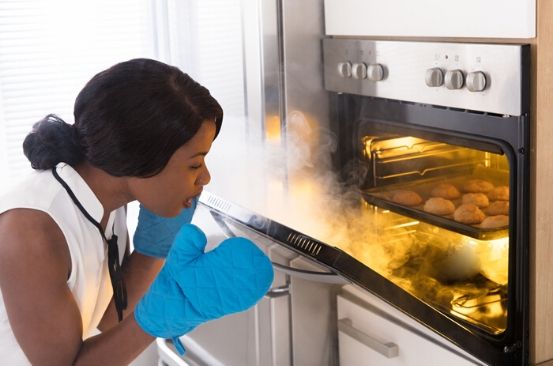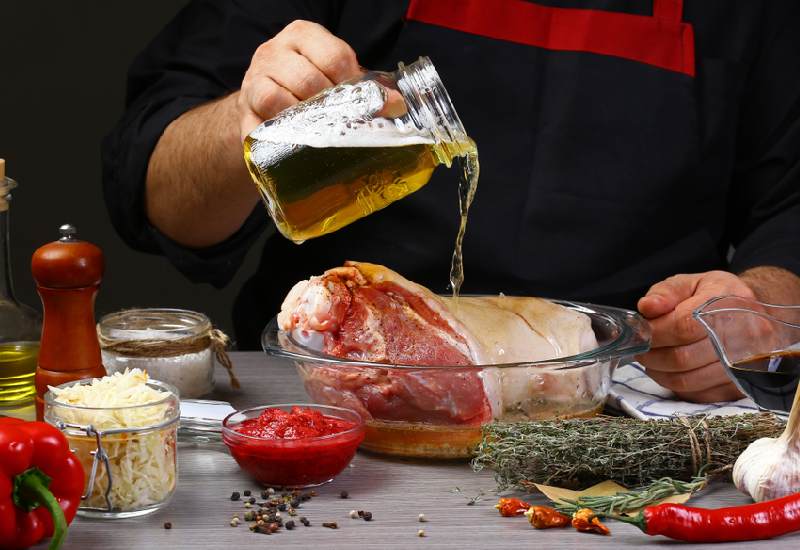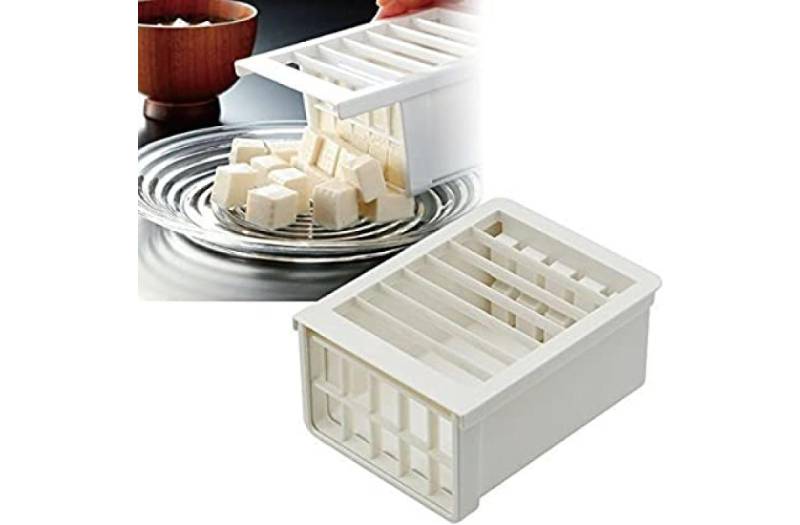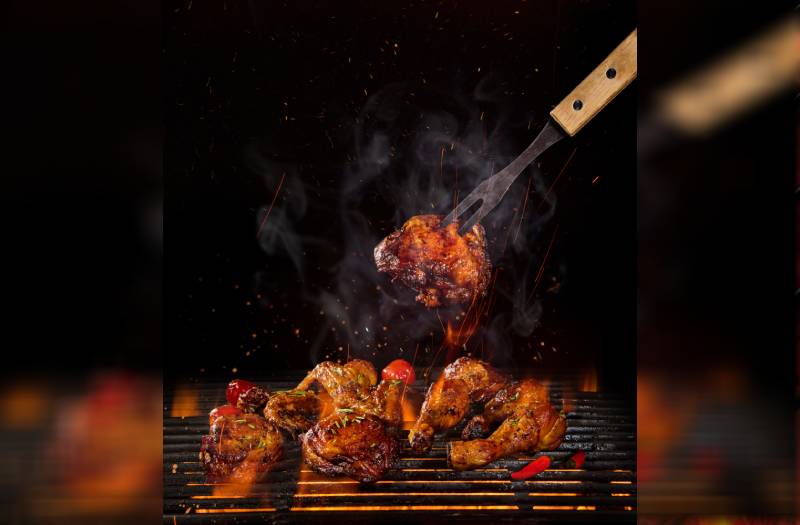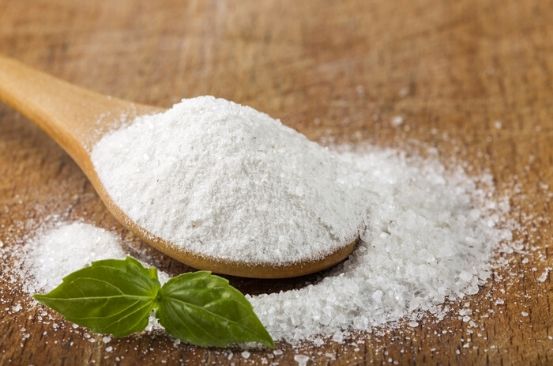
Baking can be a very satisfying, therapeutic process. However, if your efforts don’t bear the results that you had hoped, you’re bound to get discouraged and even give up your dream of becoming the next Kenyan Bake-Off winner.
Fear not. Below are some common baking disasters and what you should do to prevent them.
1. Cake sunk in the middle
The most common reason for this is that you opened the oven door while the cake was cooking. This introduces cold air into the oven reducing the temperature thus your cake doesn’t rise and it takes longer to cook.
Keep your oven door shut throughout the baking process and use a timer instead to give the cake enough time to cook.
2. Cake tastes of bicarbonate of soda
If your cake has a soapy, bitter taste, you’ve probably put too much bicarbonate of soda. To prevent this, ensure you use the correct measurements for the recipe. Invest in proper measuring spoons and cups instead of using regular kitchen utensils.

3. Cookies burnt at the bottom
It can be disheartening when you bake cookies only to find that they’re burnt at the bottom. This is as a result of the oven temperature being too high. Some ovens might not be at the temperature they say they’re on. Therefore, an oven thermometer will help ensure that your oven is set at the correct temperature.
4. Cake undercooked or not brown
If your cake, cookies or pie is undercooked or doesn’t brown as it should, your oven is probably at a lower temperature than it should be. Be sure to preheat your oven for the appropriate amount of time before you put your item in for baking.
5. Cake is lumpy
Most flour-based recipes require that you sift dry ingredients before adding the wet ingredients. This helps aerate the mixture and helps prevent lumps.

6. Cake is too dense
A well-baked cake should have light crumbs and not break off into large, heavy lumps. Ensure that your recipe is okay i.e. it contains adequate amounts of eggs, fat and sugar. Then cream your butter and sugar until it’s pale in colour and then fold in your flour gently until the mixture has just combined. Avoid mixing too much as this can make your cake dense, doughy, cloying or all three.
7. Cake cracked at the top
Assuming that you followed the recipe religiously, a cake that is cracked at the top could be because your oven’s temperature is too high or your baking tin is too small for the size of cake that you’re baking. Use an oven thermometer to ensure that your oven is at the right temperature and pick a baking tin that is big enough to allow your cake to rise sufficiently.
8. Tough pie crust
If your pie crust is tough and too chewy it could be because you handled the dough too much when preparing it. Avoid overmixing your dough to make sure that your pie crust remains light and crumbly.
9. Cake gets stuck in baking tin
If your parts of your cake get stuck in your baking tin it could be because your tin wasn’t greased enough. Ensure that you grease the surface of the baking tin well and then dust it with flour. You can also put parchment paper in your baking tin to prevent it from sticking to the sides.
For what in your life do you feel most grateful? The Standard Group Plc is a multi-media organization with investments in media platforms spanning newspaper print
operations, television, radio broadcasting, digital and online services. The Standard Group is recognized as a
leading multi-media house in Kenya with a key influence in matters of national and international interest.
The Standard Group Plc is a multi-media organization with investments in media platforms spanning newspaper print
operations, television, radio broadcasting, digital and online services. The Standard Group is recognized as a
leading multi-media house in Kenya with a key influence in matters of national and international interest.



